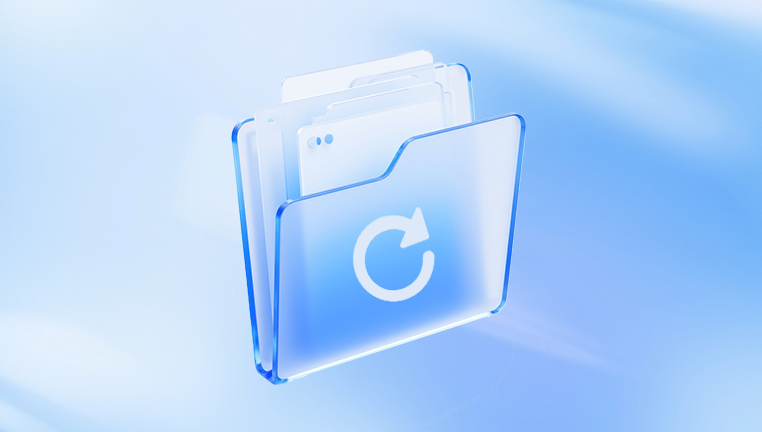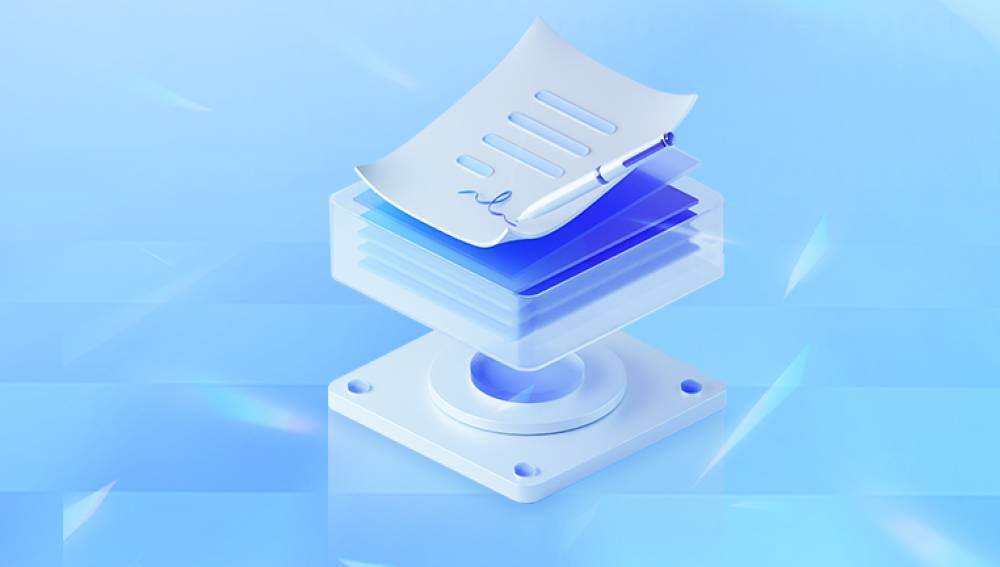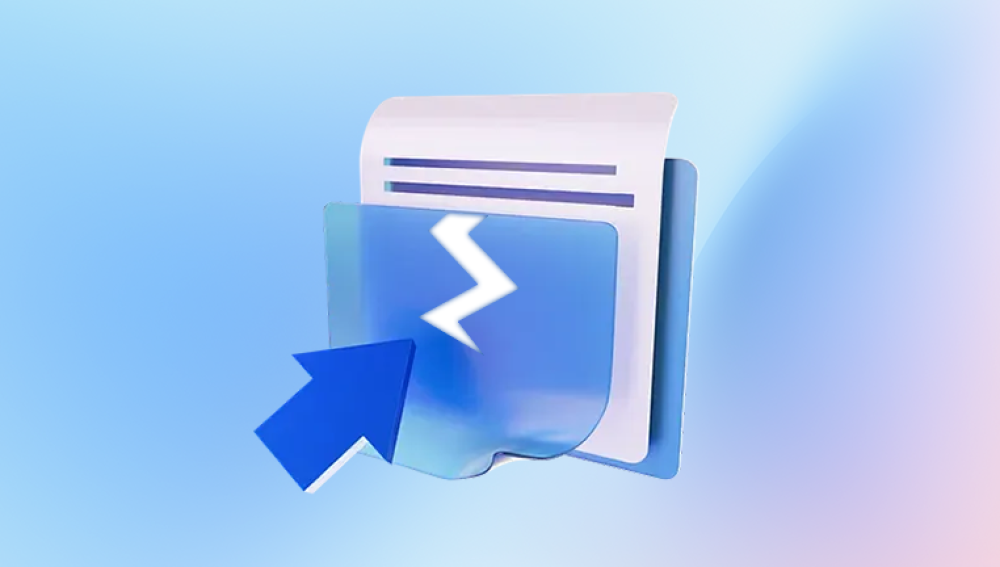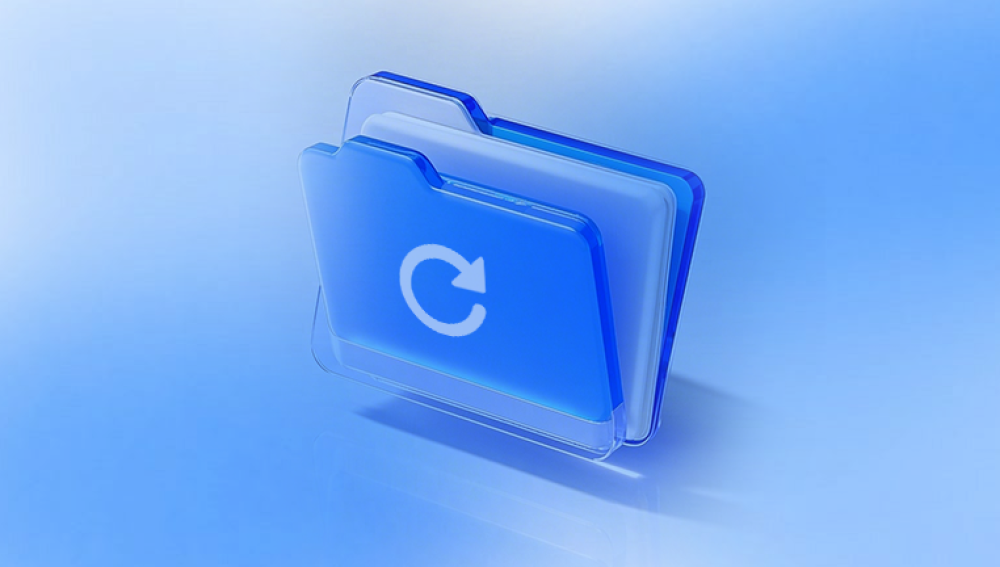When a JPG file gets damaged, it might not open at all, or you might see visual glitches such as broken image sections, distorted colors, missing areas, or error messages like “invalid image format,” “unable to open,” or “file header corrupt.” This can be incredibly frustrating, especially if no backup exists. But there’s hope. JPG files can often be repaired using a variety of techniques ranging from simple methods like re-saving the image to more advanced recovery software and hexadecimal editing.
What Causes JPG Files to Become Damaged?
Before diving into solutions, it’s important to understand what can lead to file corruption. Knowing the causes helps you prevent future issues and can inform which repair method is most appropriate.
Improper File Transfers
Interruptions during copying or transferring JPG files especially from external storage can lead to partial saves or unreadable files.

Virus or Malware Infection
Malicious software can corrupt file structures, making JPGs unreadable or scrambled.
Bad Sectors on Hard Drives or SD Cards
If a JPG file is stored on a damaged part of a disk or card, accessing it can result in errors.
Software Crashes
Sudden application or system crashes while editing or saving a JPG can result in incomplete or corrupt files.
Power Failures
Loss of power during the saving process can lead to incomplete writes, damaging the image.
Unsupported Editing Tools
Some tools may not properly save the image metadata or compress the file improperly.
How to Identify a Damaged JPG File
Sometimes, damage isn’t obvious until you try to open a file. Signs of a corrupt JPG include:
File won’t open at all.
Image viewers return an error message.
The image partially loads but has blank or scrambled sections.
Color blocks or weird patterns appear.
The image opens but doesn’t match the expected resolution or size.
The file size is unusually small or large.
If you notice any of these symptoms, it's likely the file has been compromised in some way.
Step-by-Step Methods to Repair Damaged JPG Files
Method 1: Try Opening the File in Different Image Viewers
Sometimes, the file isn’t corrupt—it’s just incompatible with the software you’re using. Start with basic troubleshooting:
Use Windows Photo Viewer, Paint, or Mac Preview.
Try third-party image viewers like IrfanView, XnView, or FastStone.
Use an online image viewer to test compatibility.
Some applications are more tolerant of inconsistencies in file structure.
Method 2: Rename the File and Change Extension
Occasionally, damage is superficial and the file just has an incorrect or mismatched extension.
Right-click the file and select “Rename.”
Change the file extension from .jpg to .jpeg or vice versa.
Try opening the file again.
This trick won’t fix deeply corrupt files but can help in cases of simple mismatch.
Method 3: Re-download or Recover the Original Copy
If your JPG was downloaded from the internet or emailed to you:
Try re-downloading the file from the source.
Ask the sender to resend the image.
If the file was saved from social media, try re-saving it again in a different format.
If the file was recently deleted and reappeared corrupted, try using a recovery tool to retrieve an earlier version.
Method 4: Use Built-In Repair Tools
Microsoft Windows:
Right-click on the file > Properties > “Previous Versions.” If File History or System Restore is enabled, you may be able to recover an earlier, uncorrupted version.
macOS Time Machine:
Navigate to the image folder using Finder, then launch Time Machine. Restore the last healthy copy of the JPG.
Method 5: Repair with Image Editors
Advanced photo editors sometimes can bypass minor corruption:
Adobe Photoshop
Try opening the image in Photoshop. If it opens:
Use "Save As" to create a fresh version.
Export it as a PNG or TIFF, then back to JPG.
GIMP (Free)
Open the file in GIMP and use "Export As" to save the image in a new file.
If the file partially loads, crop out the corrupted portion and save the rest.
Method 6: Use Dedicated JPG Repair Software
Panda Repair
When your cherished JPG images become inaccessible, distorted, or won’t open at all, it can be both frustrating and heartbreaking. Whether it’s due to file corruption, storage errors, or transfer issues, damaged JPG files don’t have to mean permanent loss. Panda Repair offers a fast, reliable, and user-friendly solution to restore your photos with minimal hassle.
Panda Repair specializes in repairing corrupted JPG and JPEG files that refuse to open or display incorrectly. With advanced algorithms, it scans damaged images, detects structural errors, and reconstructs file components like headers, image data, and metadata. Whether you're dealing with visual glitches, half-loaded images, or broken files, Panda Repair can often restore them to a usable or fully recovered state.
Using Panda Repair is simple: just upload the damaged JPG file, and the software does the rest. It can handle batch repairs, saving you time when recovering multiple photos. It also supports previewing repaired files before saving them, so you know what you’re getting.
Method 7: Extract Thumbnails from Corrupt JPGs
Sometimes, even if the main image is damaged, the embedded thumbnail remains intact.
Use tools like ExifTool or JPEGsnoop to extract thumbnail previews from the image’s metadata.
Thumbnails are smaller but better than losing the photo entirely.
Steps with ExifTool:
Download and install ExifTool.
Run the command:
exiftool -b -ThumbnailImage damaged.jpg > thumbnail.jpg
You now have a working, though lower-resolution, version of your image.
Method 8: Use Hex Editor to Manually Repair the Header
If you’re technically inclined, you can repair a JPG by copying the header from a working file and replacing the damaged header.
Warning: This is advanced and requires care.
Steps:
Open both a healthy JPG and the damaged JPG in a hex editor (like HxD).
Copy the first few hundred bytes (the header) from the healthy file.
Replace the header in the damaged file.
Save and try to reopen the image.
This technique is useful when only the header is corrupted. Be sure both files were taken with the same camera model and settings.
Method 9: Online JPG Repair Tools
Some web-based services offer simple JPG repair tools:
OfficeRecovery Online – Uploads and repairs files directly in the browser.
OnlineFile.Repair – Supports JPG, PDF, DOCX, and more.
iLoveIMG or EZGIF – While not “repair” tools per se, they sometimes successfully open partially corrupted files and allow saving in other formats.
Be cautious with private or sensitive images and ensure you trust the service.
Method 10: Recover JPGs from Damaged Drives
If the damage is due to a corrupted drive or SD card, your JPG files might not be the problem—it’s the drive. In that case:
Use CHKDSK in Windows to fix file system errors:
Open Command Prompt as Admin
Run: chkdsk E: /f (replace E: with your drive letter)
Use data recovery tools like:
Recuva
PhotoRec
R-Studio
Disk Drill
These can scan sectors for recoverable images, even if the file system is compromised.
Best Practices to Prevent JPG Corruption
After you’ve repaired your files (or recovered what you could), here are essential tips to avoid future issues:
Backup Regularly
Use external hard drives, cloud services like Google Photos, or backup software.
Use Reliable Storage Devices
Buy trusted brands for SD cards, USBs, and SSDs. Avoid counterfeits.
Safely Eject Devices
Never remove storage while files are transferring.
Avoid Unnecessary Editing
Re-saving JPGs repeatedly can degrade quality. Use non-lossy formats like PNG for edits.
Update Antivirus Software
Prevent malware that may tamper with image files.
Use a UPS for Desktop Computers
Prevent data loss during unexpected power failures.
What to Do When All Else Fails
If you've exhausted all methods and the file remains unrecoverable:
Contact a Professional
Data recovery labs have proprietary tools and cleanroom facilities for high-level repair. Services like DriveSavers, Ontrack, or Gillware may be able to recover data from severely damaged media.
Accept Partial Recovery
Sometimes, a partial image is all that can be saved. Crop the usable part and enhance it with software tools.
Try AI Upscaling or Reconstruction
Use AI-powered tools like Topaz Gigapixel or Remini to upscale low-quality or thumbnail versions into higher-res images.
Conclusion
Damaged JPG files can be heartbreaking, especially when they hold sentimental or professional value. But recovery is possible in many cases. From using basic software tricks to advanced repair tools and manual editing, this guide offers a spectrum of solutions to tackle JPG corruption. Whether your damage is minor or severe, there's usually a pathway—if not to perfect restoration, then at least to partial recovery.




